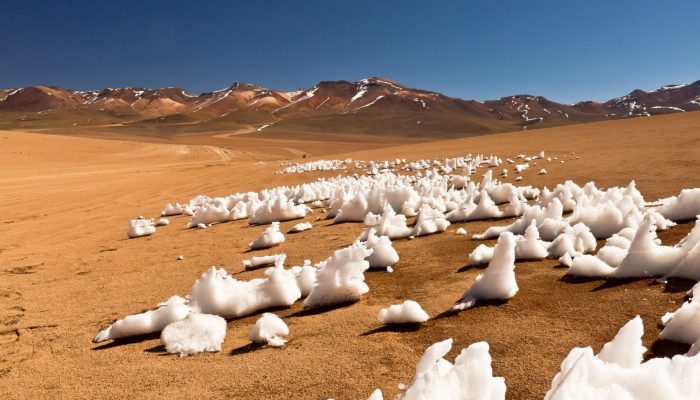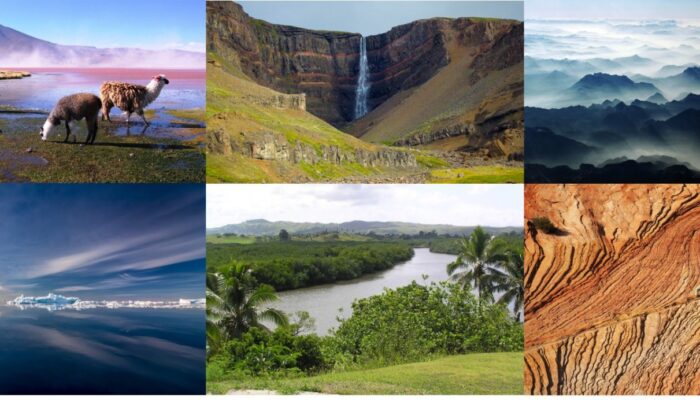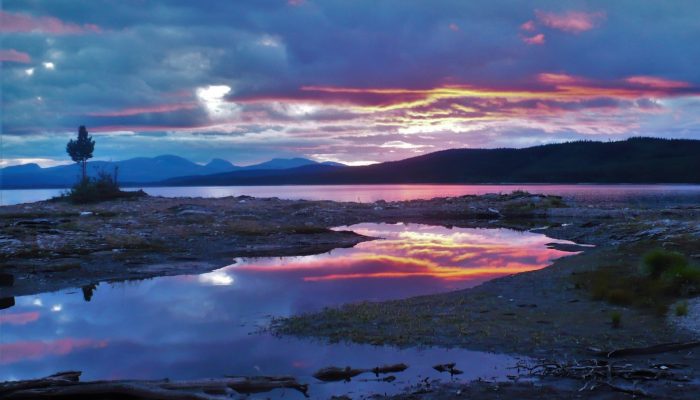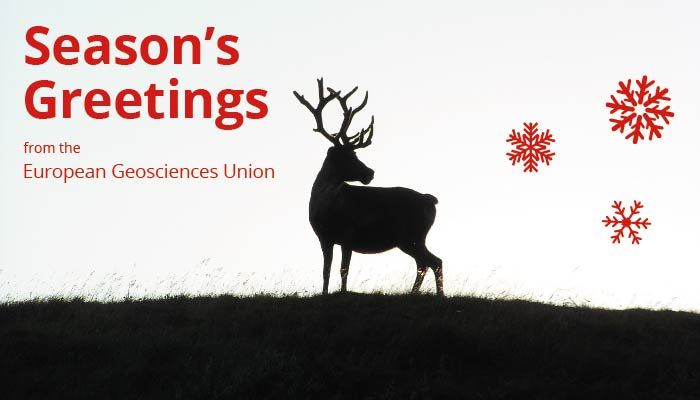If you are pre-registered for the 2018 General Assembly (Vienna, 8 – 13 April), you can take part in our annual photo competition! Winners receive a free registration to next year’s General Assembly! The ninth annual EGU photo competition opens on 15 January. Up until 15 February, every participant pre-registered for the General Assembly can submit up three original photos and one moving image on ...[Read More]
EGU Photo Contest 2018: Now open for submissions!




